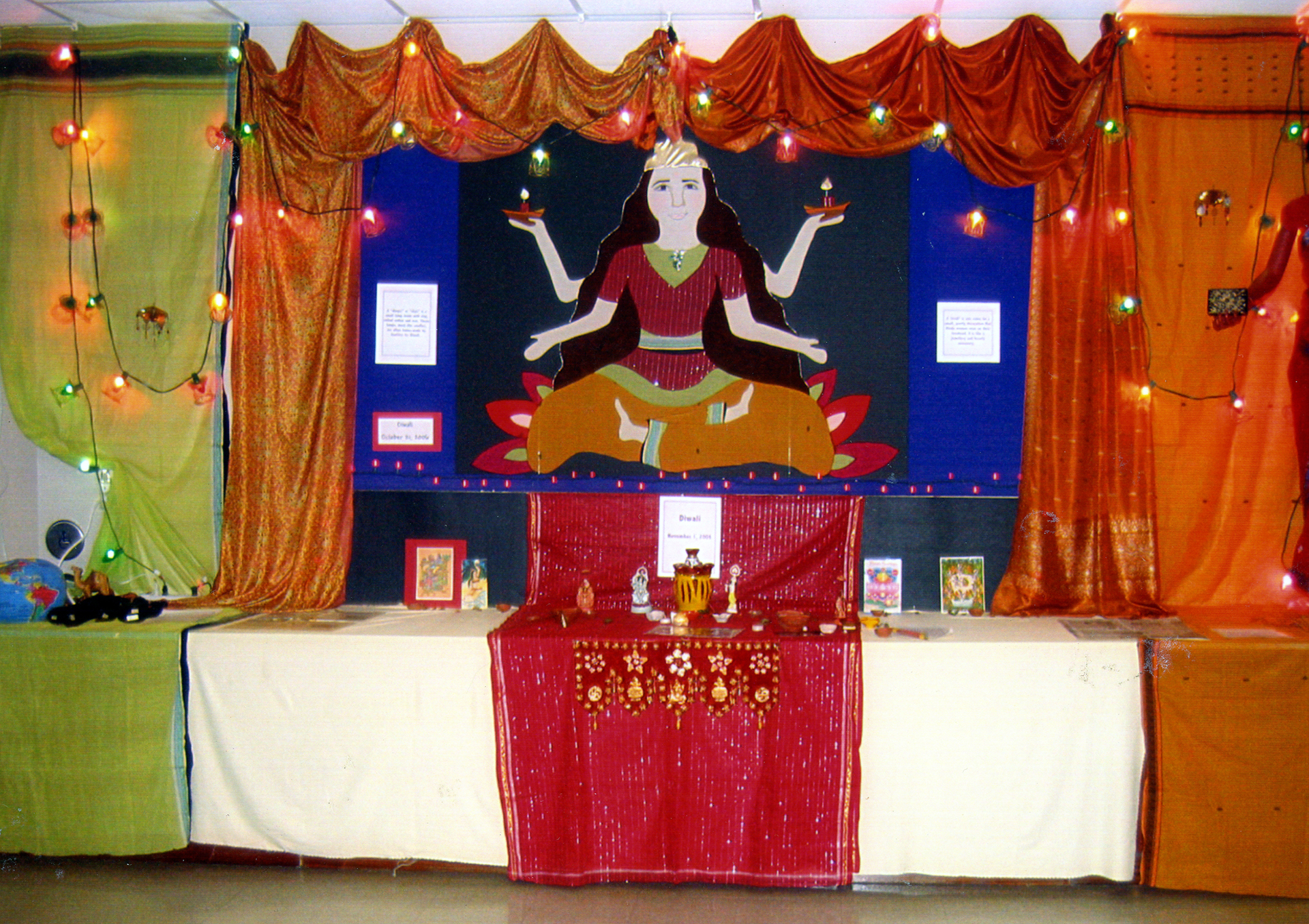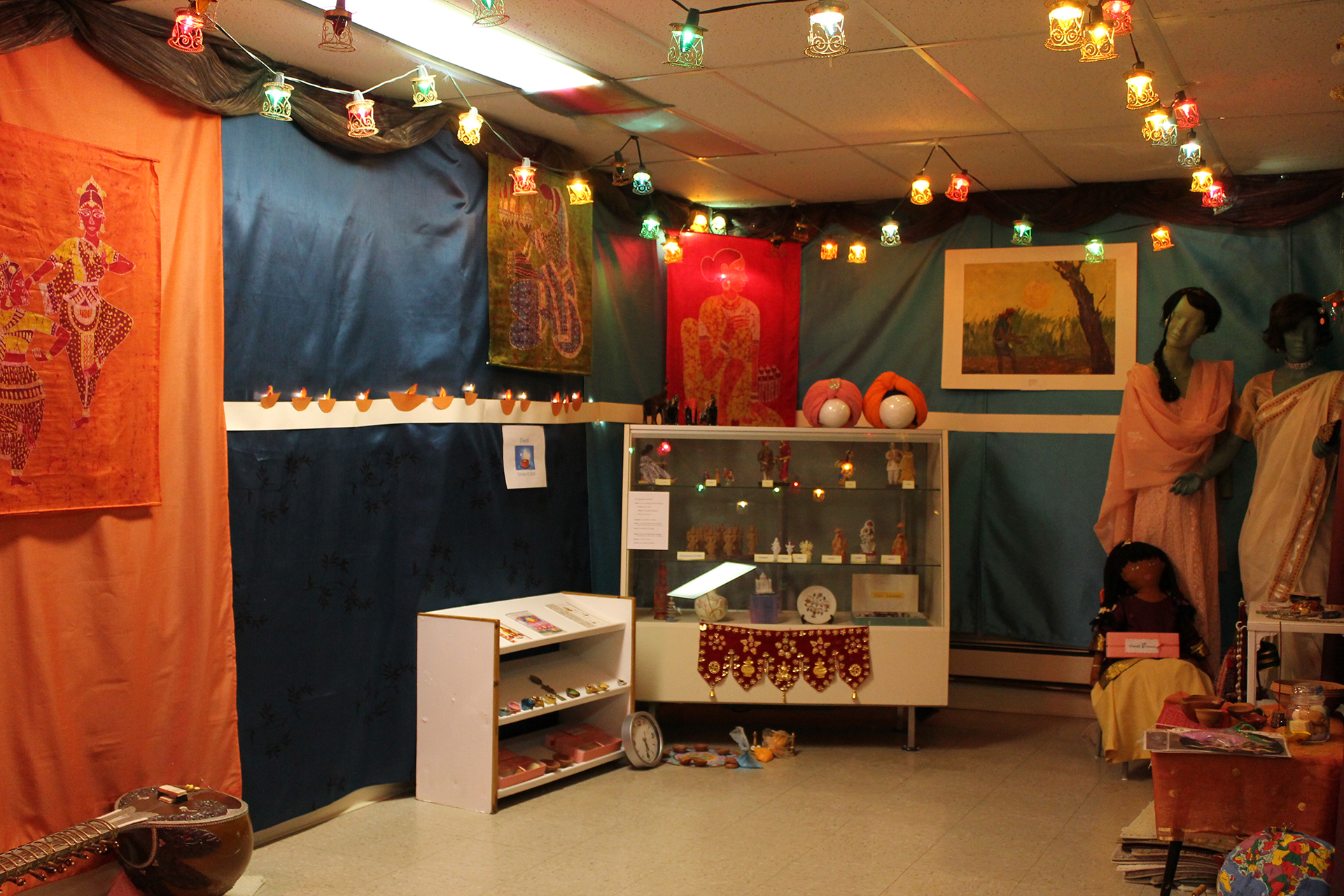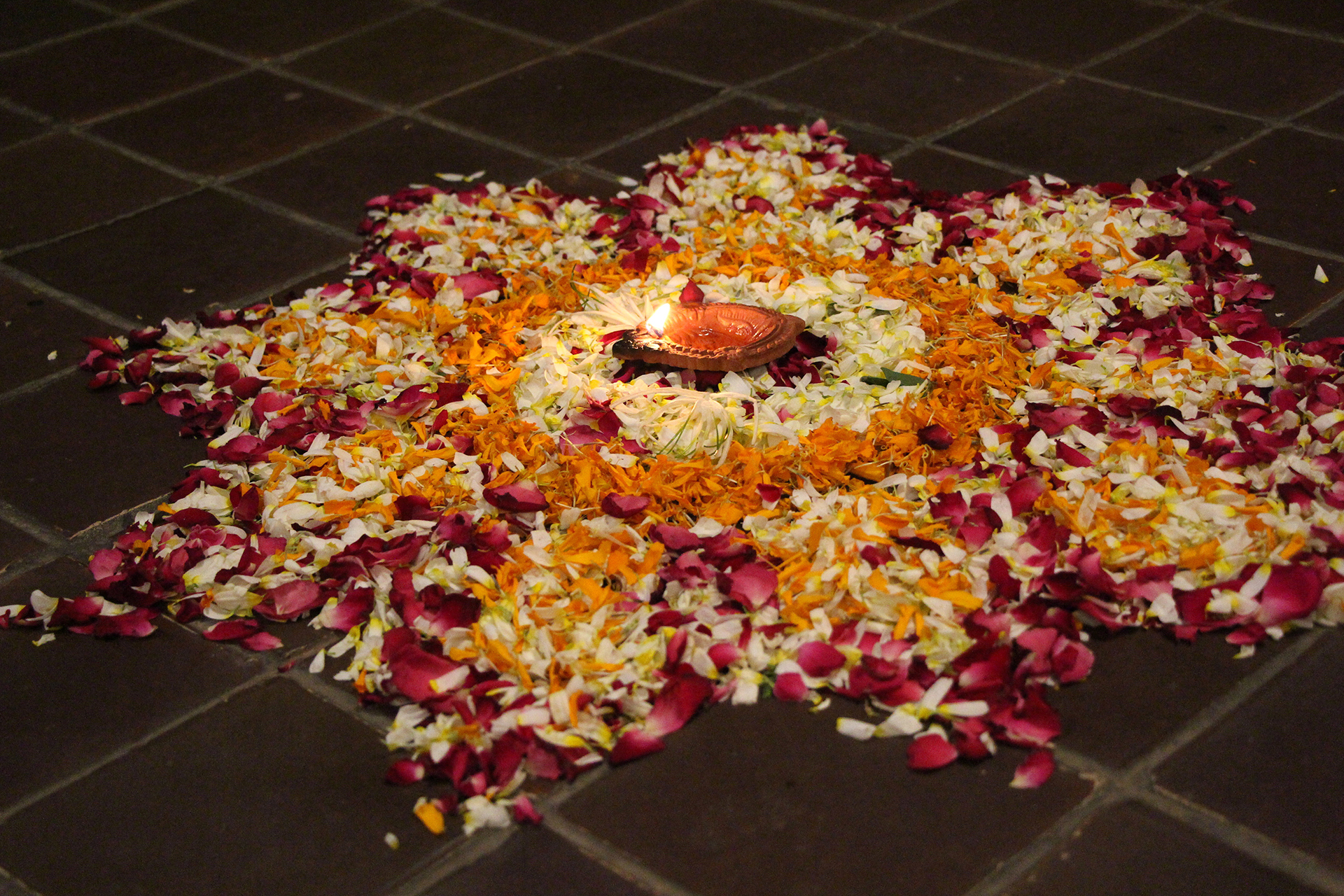| Membership | Price (+HST) |
|---|---|
| Single | $85/year |
| Single Plus | $120/year |
| Family | $130/year |
| Family Plus | $175/year |
| Contributing | $300/year |
| Supporting | $600/year |
| Sustaining | $1,000/year |
| Benefactor's Circle | $2,500/year |
| Director's Circle | $5,000/year |
| President's Circle | $10,000/year |
Festivals of Light: Diwali
Diwali, commonly referred to as the festival of lights, is a celebration engaged in by Sikh and Hindu people all around the world. The word ‘diwali’ literally means ‘row of lights’ and originated from a Sanskrit word – deepawali. It occurs every year in October or November as it uses the lunisolar calendar (based on the sun and moon).
In Sikhism, Diwali is celebrated to mark the release of the 6th guru, Guru Hargobind and 52 princes who were wrongfully imprisoned by Emperor Jahangir. Sikh people often refer to Diwali by an alternate name, Bandi Chhor Divas which refers to this historic day of liberation. In Hinduism, Diwali is celebrated to honour King Rama’s return to his kingdom after victory in a battle. People also pray to Lakshmi (Goddess of Wealth and Prosperity) to bring good fortune.
Both religions celebrate Diwali using many common elements including lights, food, prayer and traditional clothing. Many families place diyas (decorated clay lamps and traditionally fueled by mustard oil) along the ledges of their home whereas others also use electrical lights. While celebrating Diwali, many unique sweets and snacks are made or bought at local shops. These sweets are often made with various fruits, extracts, seeds and more. Popular ingredients include coconut, rosewater, nuts, and dates to name a few. The traditional outfits worn on Diwali may include: sari (long piece of cloth draped around the body) or shalwar kameez (tunic and flowy pants) for women and kurta (shirt) and dhoti (long loincloth) for men.


Celebrating Diwali from a Sikh Perspective
Sanjum Hunjan (Volunteer of the Children’s International Learning Centre)
Growing up in Canada, my celebrations of Diwali have always represented an important part of my year. As a child, I grew up in Brampton Ontario where I was privileged to be surrounded by a diverse group of people, many of whom shared in this celebration of Diwali. At the age of 10, I moved to Georgetown Ontario where this same love and acceptance for Diwali was not expressed. Despite this, each year my family and I engaged in the same form of celebrations. We would dress up in traditional attire and go to the Gurdwara, the Sikh Temple. Here we would sit, listen to hymns until moving downstairs to have langar. Langar refers to the food that is served in the Gurdwara for anyone who attends. After having food, we would engage in seva, an act of service to give back to our community in the Gurdwara. Once we left the Gurdwara we went home and set off fireworks to finish celebrating.

Celebrating Diwali from a Hindu Perspective
Sahanah Thirukumar (Volunteer of the Children’s International Learning Centre)
Every Diwali, my parents tell stories of how they celebrated this festival in Sri Lanka. ‘Gathering with relatives and neighbours, exchanging food and gifts, lighting sparklers and fireworks, and all-day festivities. Even though my family’s Diwali celebrations exclude the enjoyment of large neighbourhood gatherings, the customs and traditions remain just as exciting! In my home, festivities begin with an overload of Diwali wishes between family and friends over the phone. Some of my family make a rangoli (floor art made of coloured flour, petals or grains) at the front of their home to bring in good luck. Once dressed in our new traditional outfits, we head over to the temple for a small puja (prayer). Arriving home, a variety of meals including sweets and snacks are prepared to first offer to Goddess Lakshmi as a gesture of gratitude, and then share among ourselves and with neighbours. As the sun begins to set, we arrange and light up many diyas around our home — a magical sight indeed! Our day would come to an end with an evening meal and family time watching Diwali specials on TV. I can say that this quiet yet warm celebration of Diwali in my home is truly a beautiful experience with light and joy.


The Children’s International Learning Centre (CILC) is a non-profit organization that was established with the vision of contributing to a world of care and respect for all people and our environment. We endeavour to do this by promoting respect for diversity and awareness of our world community through guided discovery and interactive, artistic programmes, which will soon be delivered online.
Explore RBG’s Trails
RBG’s nature sanctuaries feature more than 27 km of nature trails! Find maps, guided hike schedule, and more.













